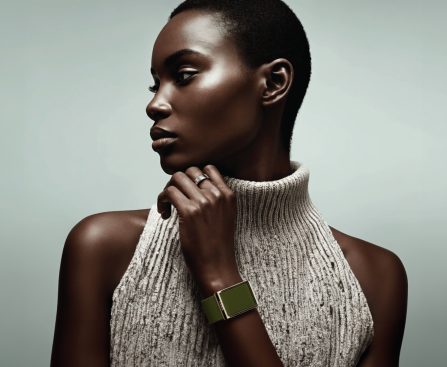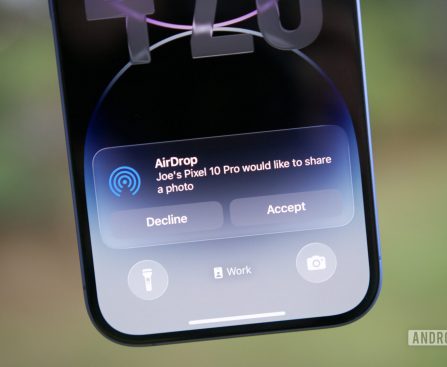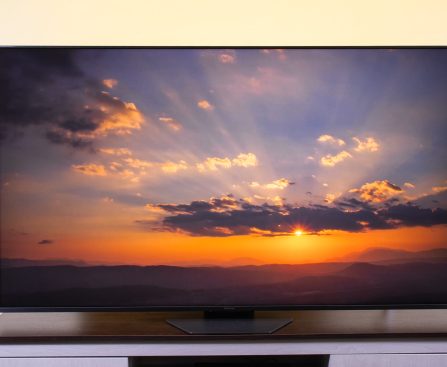The Shokz OpenFit 2 series has already established itself as a leader in audio excellence, and the newly unveiled OpenFit Pro earbuds are poised to elevate this reputation even further. Unveiled at CES 2026, the OpenFit Pro brings several innovative features that represent a significant improvement over its forerunners.
A prominent feature of the OpenFit Pro is the introduction of “Open-Ear Noise Reduction,” a first for Shokz. Each earbud boasts a triple-mic setup that monitors ambient noise and equalizes it, creating an indoor Private Mode while still allowing for situational awareness in outdoor settings. This functionality is especially advantageous for users desiring to immerse themselves in music without becoming entirely detached from their environment.
The Pros also present a new Dolby Atmos mode, delivering 3D directional sound for a captivating auditory experience. The earbuds have been engineered with dual speaker elements that facilitate multi-directional audio, boosting the bass and diminishing Total Harmonic Distortion. Furthermore, the OpenFit Pro features wear detection, expanded frequency response, and an additional hour of battery life compared to the OpenFit 2+.
Weighing approximately 3g more per earbud than earlier models, the OpenFit Pro is offered at $249, which is $50 higher than the OpenFit 2+. Despite the slight increase in weight, the earbuds continue to provide comfort during wear, thanks to the nickel-titanium ear hooks that ensure stability during physical activities.
The OpenFit Pro is additionally equipped with Bluetooth 6.1 for enhanced energy efficiency and superior audio streaming quality. The quick charging functionality has been improved, delivering four hours of playback after merely ten minutes of charging. The earbuds also feature a more reliable charging contact, guaranteeing they stay charged and ready for use.
In summary, the Shokz OpenFit Pro earbuds are crafted for athletes and active individuals looking to enjoy superior audio without sacrificing awareness of their environment. With features such as noise reduction, Dolby Atmos capability, and enhanced battery longevity, the OpenFit Pro stands out as an attractive choice for those aiming for a blend of performance and situational consciousness.










